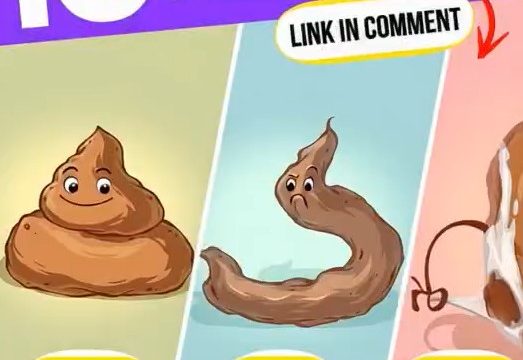If you’ve used a modern toilet recently, you may have noticed two buttons on top. While many people think these buttons are simply there to flush waste, they’re actually part of a dual flush system designed to conserve water efficiently. But how does it work, and why is it important? Let’s explore the purpose and benefits of dual flush toilets, which remain somewhat of a mystery to many users.

How Dual Flush Toilets Work
The dual flush system offers two flushing options, each releasing different amounts of water based on the type of waste. The larger button, which uses approximately 6-9 liters of water, is for flushing solid waste to ensure it is fully cleared. In contrast, the smaller button uses only 3-4.5 liters of water, sufficient for liquid waste, which doesn’t require as much water to flush.
This choice allows users to tailor their water usage to the situation, making it a more water-efficient option compared to traditional single-flush toilets. By selecting the appropriate button, users can avoid unnecessary water waste with each flush.
Water Conservation with Dual Flush Toilets
One of the primary benefits of dual flush toilets is their potential for significant water savings. Traditional single-flush toilets release a set amount of water each time, typically 9-12 liters, regardless of whether the waste is solid or liquid. This fixed flush volume can lead to excessive water usage, particularly in households with multiple daily flushes.
By using the appropriate button for each flush, a household can save up to 20,000 liters of water per year. This reduction in water usage not only benefits the environment but also helps lower water bills, making dual flush toilets a smart choice for conservation and cost savings.
Environmental and Financial Impact
Although dual flush toilets can cost more to install than traditional models, the long-term savings are substantial. Using less water per flush leads to lower utility bills over time, which can offset the initial installation cost. These cost-saving benefits make dual flush toilets an attractive option for eco-conscious homeowners looking to reduce water consumption.
Beyond individual savings, dual flush toilets also reduce demand on local water resources and wastewater systems, which is particularly valuable in areas prone to water shortages or droughts. As more communities emphasize the importance of water conservation, dual flush toilets play a crucial role in promoting sustainable living.
The History of the Dual Flush System
The idea behind dual flush toilets originated with Victor Papanek, an industrial designer known for his focus on sustainable design. Papanek’s concept aimed to reduce water waste by offering two flushing options, each tailored to the type of waste being flushed. His innovative design was first implemented in Australia in the 1980s, a country committed to water conservation due to frequent droughts and limited water resources.
The success of dual flush toilets in Australia spurred their adoption in other countries, especially in Europe and North America. As global water conservation became increasingly important, more homes and public facilities began to install dual flush systems as standard fixtures.
Why Many People Are Still Confused
Despite the clear environmental benefits, many people are still unsure how to use dual flush toilets correctly. Without clear instructions or labels, people often default to pressing the larger button out of habit, even when flushing liquid waste. This tendency reduces the water-saving potential of dual flush toilets.
To make the most of these toilets, it’s crucial to educate users on how they work. Simple steps, such as adding explanatory labels near the buttons or including educational materials in public restrooms, can help people understand the difference between the two buttons and encourage them to make the right choice.
Conclusion: Small Changes, Big Savings
Dual flush toilets are more than just a modern bathroom feature—they’re an effective tool for water conservation. By understanding how these toilets function and using the correct button based on the type of flush, individuals can make a meaningful impact on water usage. Although the initial installation cost may be higher, the long-term savings on water bills and the reduced environmental impact make it a valuable investment.
As more people embrace sustainable living, dual flush toilets represent a small but impactful step toward a greener future. So, the next time you see two buttons on a toilet, remember they’re not just for flushing—they’re there to help conserve water, protect the environment, and make a difference, one flush at a time.





